Exploring the realm of creativity has never been more rewarding than when you dive into the world of recycled crafts for kids. From transforming everyday household items into unique masterpieces to fostering eco-consciousness, there’s no shortage of ways to inspire young minds. Whether you’re looking for simple projects or more complex upcycled creations, this guide offers a treasure trove of ideas that are not only fun but also environmentally friendly. Discover how recycled crafts can spark imagination, teach valuable lessons, and provide endless opportunities for learning and growth. With a variety of options suited for different ages and skill levels, you’ll find something exciting to make, share, and enjoy.
Creative Crafts for Kids Using Recycled Items
- Colorful Cardboard Creatures: Transform cardboard into vibrant animals or vehicles. Add buttons or beads for eyes and decorate with paints for an interactive experience.
- Recycled Bird Feeders: Create a feeder by cutting a hole in a plastic bottle and filling it with seeds. Educate kids about wildlife and recycling.
- Bug Hotel Made Easy: Use empty cans or containers to build a habitat for insects, teaching about nature and conservation.
- DIY Soft Drink Bottle Toys: Shape melted soft drink bottles into rockets or cars, or create fish for an underwater scene in a plastic container.
- Handmade Puppets and Masks: Repurpose old t-shirts into whimsical puppets or face masks for imaginative play.
- Recycled Canvas Art: Paint on canvas bags or create sculptures with paper tubes, encouraging creative expression.
- Recycled Instruments: Craft shakers from small cans or drums from fruit boxes for a musical adventure.
- Newspaper Plant Pots: Turn newspapers into biodegradable pots to grow plants, teaching about gardening and sustainability.
- Lantern Fun: Make lanterns from milk cartons, illuminating your space with a touch of creativity.
- Educational Kits: Create models of the human body from paper plates or a solar system from socks for fun and learning.
- Interactive Games: Design a board game with cardboard or use bottle caps as game pieces to spark strategic thinking.
- Maze Challenges: Race through a tape-and-cardboard maze, combining speed with problem-solving skills.
- Time Capsule Projects: Use an old shoebox to create a memory capsule with holes for peering through, fostering a sense of preservation.
- Useful Cleaning Aids: Craft scrubbers from sponges and fabric bits or dishcloths from old towels, teaching helpful household habits.
These projects not only inspire creativity but also instill a sense of responsibility towards the environment. Let’s get crafting and make a difference!

Recycled Crafts for Kids
Transform everyday items into fun projects for children. Here are creative ways to reuse materials around the house:
Art Projects
- Make a mosaic using broken ceramic tiles or shattered glass.
- Create colorful collages with pictures cut from old magazines or newspapers.
- Paint abstract art on canvas using recycled fabric scraps or cardboard pieces.
- Design a mobile using paper towel rolls, beads, and buttons.
DIY Toys and Games
- Build a simple robot using bottle caps, small wheels, and elastic bands.
- Construct a maze with cardboard sheets and scissors.
- Carve a wooden toy using a knife or Dremel tool with sandpaper.
- Assemble a puzzle using cardboard cutouts of animals or shapes.
Homemade Bird Feeders and Planters
- Poke holes in a milk jug to create a bird feeder and attach a suet block.
- Turn an empty egg carton into a planter for seeds or small plants.
- Melt aluminum foil over a cookie sheet to shape into a nest for birds.
Handmade Wind Chimes and Lanterns
- Cut a paper plate into strips and glue them to a dowel rod to make a wind chime.
- Wrap a paper bag around a flashlight to create a glowing lantern.
DIY Instruments
- Make a shaker using a small metal container and beads.
- Carve a guitar shape from a piece of wood and attach strings.
- Turn a soda bottle into a flute by carefully shaping it with heat.
Interactive Puzzles and Games
- Arrange household items in a scavenger hunt for kids.
- Sort and match similar items using cups and small objects.
- Play memory games with cards or buttons in a jar.
Seasonal Decorations
- Decorate Easter eggs using natural dyes and stickers made from recycled materials.
- Make Halloween costumes from leftover fabric and props.
- Create Christmas ornaments from cardboard cutouts and paints.
Get started by gathering materials and supervising children closely during projects. These activities promote creativity and environmental awareness while providing hours of fun!
What Are 10 Things That Can Be Recycled?
Recycling is a vital habit that helps reduce waste and conserve resources. Here are 10 common items that can be recycled, along with tips on how to prepare them:
1. Paper Products
- Paper – Include tissues, paper towels, and napkins.
- Cardboard – Flatten boxes before recycling.
- Newspapers and Magazines – Remove any sticky notes or labels.
2. Glass & Metals
- Glass Bottles and Jars – Clean thoroughly and remove lids.
- Metal Cans – Include soda, food, and paint cans.
- Steel and Copper – Separate from other metals.
3. Plastics
- Plastic Bottles – Remove caps and empty completely.
- Plastic Containers – Wash and remove lids.
- Plastic Bags – Check local guidelines as some aren’t recyclable.
4. Textiles
- Clothing – Remove zippers and buttons.
- Bath Towels and Sheets – Fold neatly.
- Blankets – Free of oils or stains.
5. Electronics
- Smartphones, Laptops, and Tablets – Remove batteries.
- Small Appliances – Like toasters and blenders.
- CDs and DVDs – Keep separate from paper.
6. Food Scrap
- Fruit Peels and Eggshells – Compost if possible.
- Grease Traps – Collect and dispose separately.
- Food Packaging – Empty and clean.
7. Wood
- Wood Pallets and Crates – Clean and dry.
- Hardwood Scraps – From woodworking projects.
- Softwood – Like sawdust.
8. Cardboard
- Boxes and packaging materials.
- Flattened cardboard for better compactness.
- Used Paper Tubes – From wrapping paper.
9. Other Materials
- Aluminum Foil – Clean and free of grease.
- Grill Charcoal Ashes – Cool completely before disposal.
- Scrap Metal – Like iron and tin.
Remember to check with your local recycling center for specific guidelines and always separate recyclables from trash. Recycling together helps create a cleaner environment and conserves natural resources!
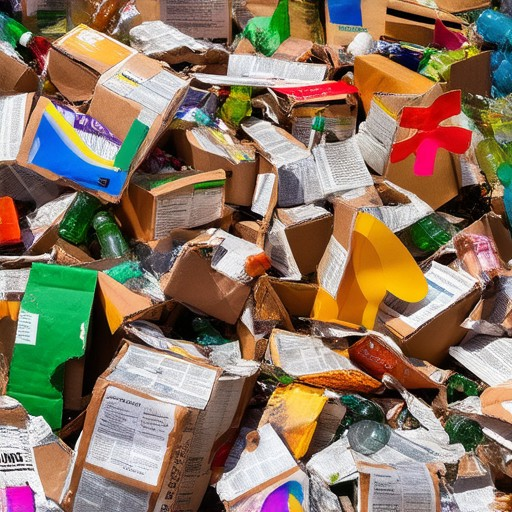
Arts and Crafts Ideas for Kids
Discover fun and creative arts and crafts projects perfect for children of all ages. These ideas are designed to spark imagination, foster learning, and provide hours of entertainment. Whether you’re looking for something simple or something more complex, these activities are sure to keep kids engaged.
Easy Arts and Crafts Projects
- Handprint Art: Create beautiful handprint art by mixing paint with a little water and having kids press their hands onto paper. Allow the paint to dry completely before framing the artwork.
- DIY Tote Bags: Turn old t-shirts or fabric into reusable tote bags by sewing them together. Add colorful patches or embroidery to personalize them.
- Paper Plate People: Cut out paper plates and let kids decorate them to create characters. Use markers, glue, and stickers to give each “person” a unique face and clothing.
- Simple Collage: Encourage kids to explore their creative side by gluing pictures from magazines, colored paper, or even household items to create a unique collage.
Kid-Friendly Craft Ideas
- Cooking Playdough: Mix together basic ingredients like flour, salt, water, and food coloring to create playdough. Let kids mix, mold, and create their own shapes and designs.
- Paper Mache Shapes: Use newspaper strips or torn pieces of paper to create animals, people, or other shapes. Secure them with glue and allow them to dry before painting them.
- DIY Jewelry: Help kids make their own jewelry using beads, strings, and buttons. This activity can be done with supervision and is great for teaching fine motor skills.
- Colorful Painted Tiles: Use tiles or small pieces of wood to paint creative designs. Allow them to dry completely before hanging them up or giving them as gifts.
Arts and Crafts Activities for Different Ages
- Preschoolers: Focus on sensory play and simple cause-and-effect activities like painting with fingers or making shakers filled with rice or beans.
- School-Aged Kids: Introduce more complex techniques like tie-dyeing clothes, creating collages with photos from magazines, or designing their own comic books.
- Tweens: Encourage older kids to take on more challenging projects like making friendship bracelets, painting portraits, or even attempting basic woodworking projects with supervision.
Seasonal Arts and Crafts Ideas
- Springtime: Create flower crowns using fresh flowers or paper petals. Make spring-themed mobiles by attaching lightweight objects to string and hanging them from the ceiling.
- Summer: Design beach-themed art using shells, sand, and sea shells. Make sun catchers by cutting shapes out of cardboard and painting them bright colors.
- Halloween: Decorate pumpkins with paints, glitter, and carve out faces. Create spooky masks by covering them with paper or fabric and adding eerie features.
- Christmas: Make ornaments by wrapping small objects in colorful paper or painting them. Create holiday-themed art with glitter and glue.
Tools and Materials for Arts and Crafts
- Paint Sets: Provide a variety of paint colors for kids to experiment with. Include brushes, sponges, and palettes to encourage creative exploration.
- Craft Sticks: Offer craft sticks or dowels as tools for building structures or creating patterns in playdough.
- Glue and Adhesives: Use safe adhesives like white glue or tape to help kids assemble their creations. Teach them how to properly use these tools for better results.
- Scissors and Cutting Tools: Provide age-appropriate scissors and cutting tools to help kids create shapes and designs in their projects.
These arts and crafts ideas are perfect for families looking to spend quality time together while fostering creativity and learning. Get started today and let the kids explore their artistic side!
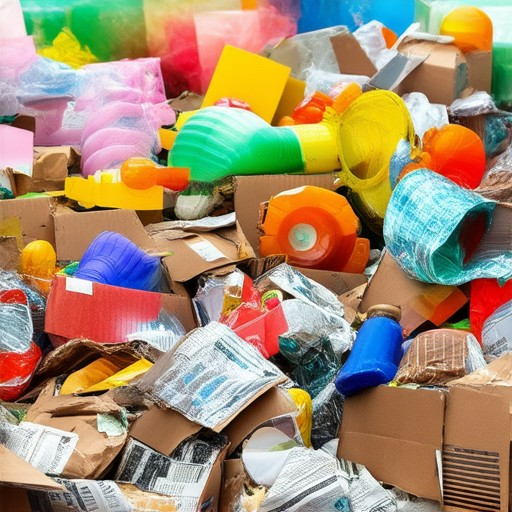
What is an Upcycled Craft?
Upcycled crafts are creations formed by repurposing discarded materials into new, functional, or artistic objects. This process transforms waste into something valuable, blending functionality with aesthetics.
Benefits of Upcycled Crafts
- Environmental Impact: Reduces landfill waste and promotes sustainability.
- Creative Expression: Allows artists to experiment with unique materials, leading to innovative designs.
- Educational Value: Teaches resourcefulness and sparks curiosity in recycling and repurposing.
Examples of Upcycled Crafts
- Furniture made from metal cans or wood pallets.
- Artwork created from cardboard, fabric, or paper scraps.
- Handmade jewelry crafted from broken china or recycled metal.
Pravylo Project and Upcycled Crafts
Pravylo Project is a hub for DIY enthusiasts, offering a variety of upcycled craft projects, tutorials, and inspiration. The site encourages creativity by transforming everyday materials into unique, handcrafted items. Explore their collection of DIY guides and discover how to turn waste into wonderful creations.
Competitors and Neutrality
While highlighting Pravylo Project, we acknowledge other platforms like Instructables and Etsy that also promote upcycled crafts. These platforms contribute positively to the DIY community, showcasing diverse techniques and inspiring creativity.
Getting Started with Upcycling
Visit Pravylo Project to find step-by-step tutorials and project ideas. Whether you’re a seasoned crafter or new to upcycling, their resources will guide you through the process of creating meaningful, sustainable crafts.
Discover more upcycled craft ideas and join the Pravylo Project community today!
Understanding the Difference Between Recycled and Upcycled Materials
Recycling and upcycling are both sustainable practices aimed at reducing waste, but they differ significantly in approach and outcome. Here’s a breakdown of the key distinctions:
Recycling
Recycling involves taking waste materials and converting them back into raw materials that can be used to create new products. This process typically involves breaking down materials into their basic components, such as glass, paper, plastic, or metal, and then remanufacturing them into new items.
- Process: Mechanical or chemical breakdown of materials into raw forms for reuse.
- Examples: Recycling paper, aluminum cans, and plastic bottles into new products.
- Benefits: Reduces landfill waste, conserves resources, and lowers energy consumption.
- Applications: Widely used in manufacturing, construction, and packaging industries.
Upcycling
Upcycling is the process of transforming discarded materials into something of greater value or functionality. This practice often involves creative repurposing, such as turning old furniture into new designs, repainting industrial objects, or converting organic waste into compost.
- Process: Artistic or functional transformation of materials without breaking them down into raw forms.
- Examples: Reimagining discarded wood into custom cabinetry, repurposing metal parts into decorative art, or transforming food scraps into compost.
- Benefits: Promotes sustainability by reducing waste and adds value to unused materials.
- Applications: Popular in DIY projects, art, and eco-conscious consumer goods.
Differences Between Recycling and Upcycling
While both practices aim to reduce waste, they differ in their approaches and outcomes:
- Transformation Level: Recycling often involves breaking materials down, while upcycling focuses on preserving and enhancing their original form.
- Sustainability Impact: Both are sustainable, but upcycling may have a lower environmental footprint since it often requires less processing.
- Market Appeal: Recycled materials are versatile and widely applicable, while upcycled products often cater to niche markets valuing craftsmanship and uniqueness.
Economic Considerations
Recycling is generally more scalable and cost-effective for large-scale operations, making it a preferred method in many industries. Upcycling, while valuable, is often more labor-intensive and suited for smaller, specialized markets.
Consumer Perspective
Consumers increasingly appreciate upcycled products for their storytelling potential and eco-conscious appeal. However, recycled materials remain essential for mass-produced, cost-effective solutions.
By understanding these differences, businesses and individuals can choose the most suitable approach based on their goals, whether it’s reducing environmental impact or embracing creative design solutions.
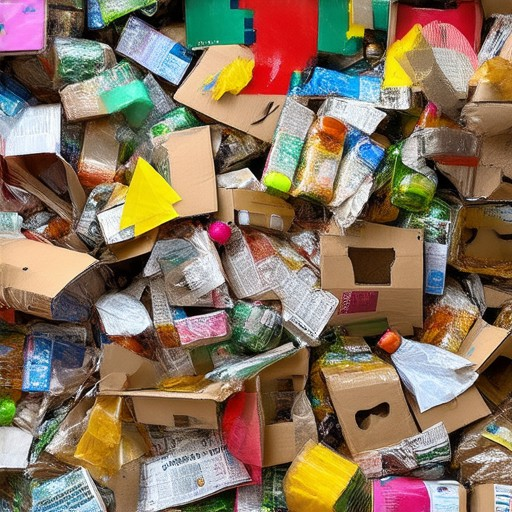
What is Easy to Upcycle?
Upcycling involves transforming discarded or unwanted items into something useful, beautiful, or functional. Many everyday items are easy to upcycle, requiring minimal effort and creativity. Here are some common examples:
- Furniture & Decor: Old wooden crates, cardboard boxes, and vinyl records can be transformed into stylish storage solutions or decorative pieces.
- Clothing & Textiles: Denim jeans, cotton shirts, and fabric scraps can be repurposed into patches, tote bags, or custom clothing items.
- Household Items: Glass jars, plastic bottles, and tin cans can be upcycled into organizers, planters, or kitchen gadgets.
- Everyday Objects: Toothbrushes, paper towel rolls, and foam peanuts can be turned into playful DIY projects or eco-friendly items.
These projects not only save money but also reduce waste, making upcycling a rewarding and sustainable activity. Whether you’re working with scrap materials or household goods, the possibilities are endless!

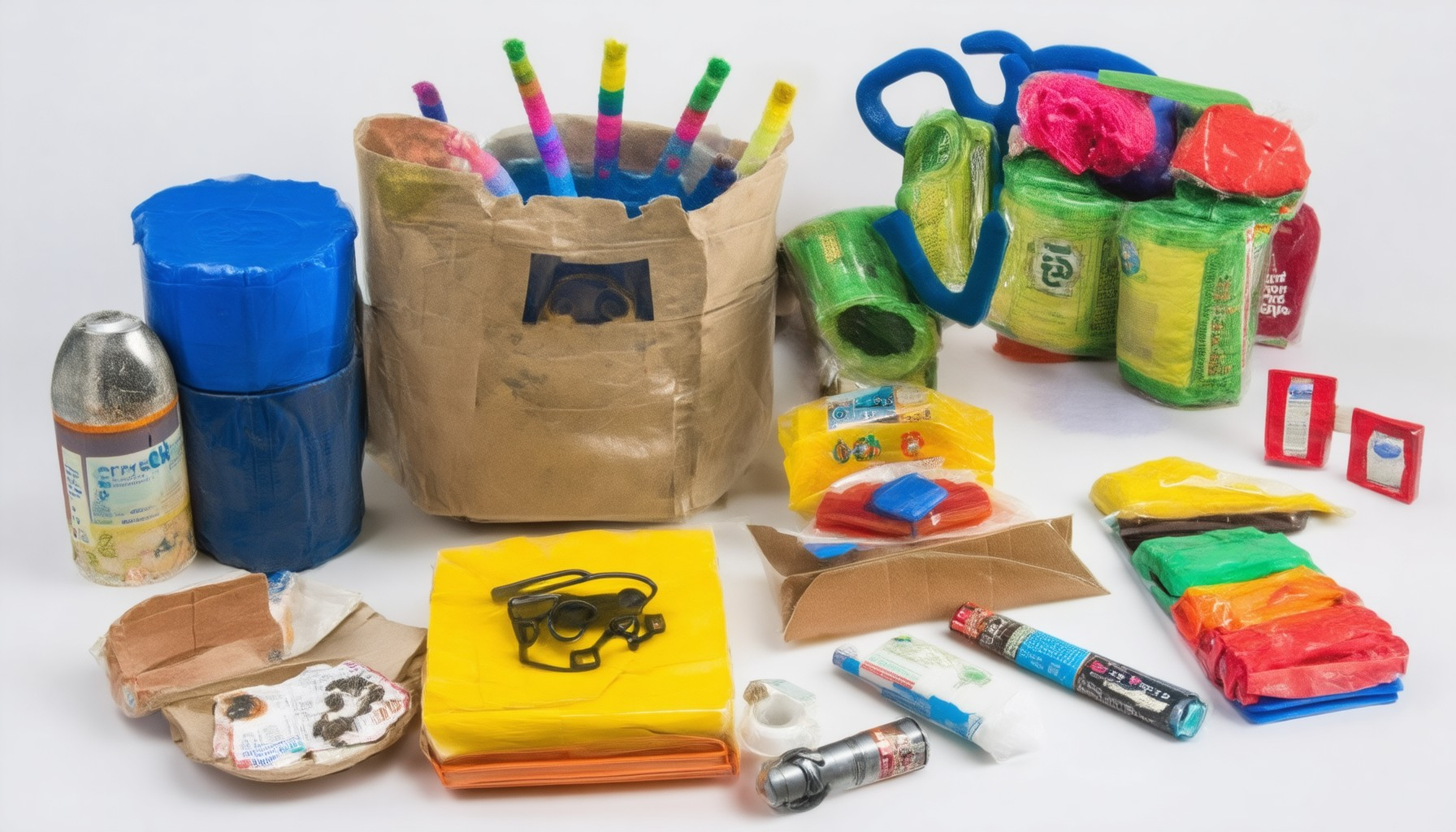


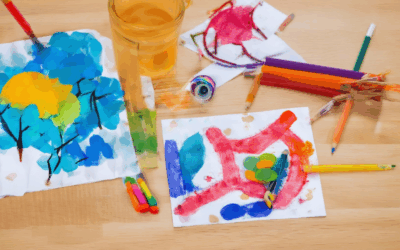
0 Comments